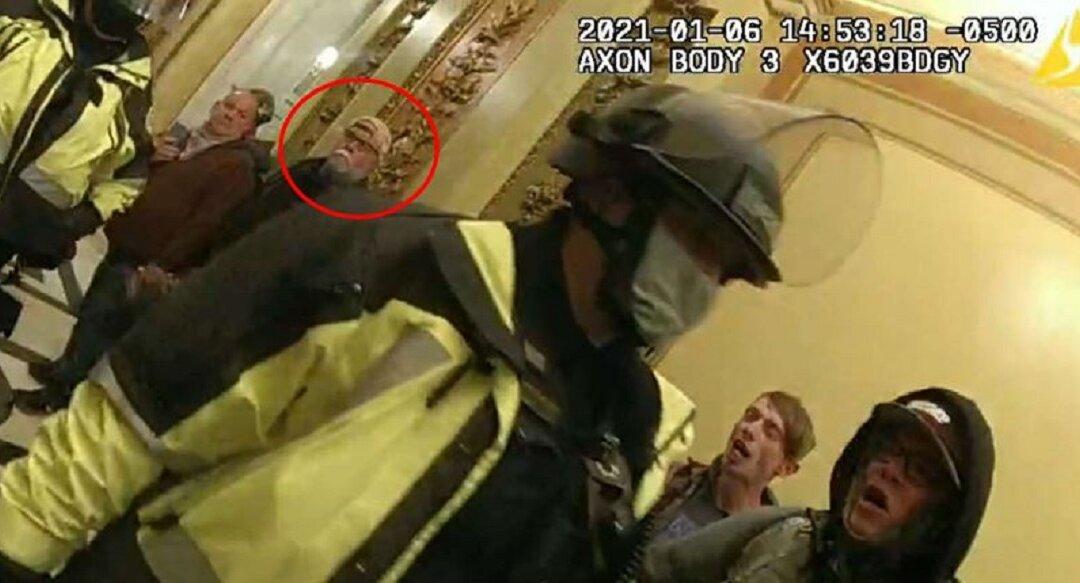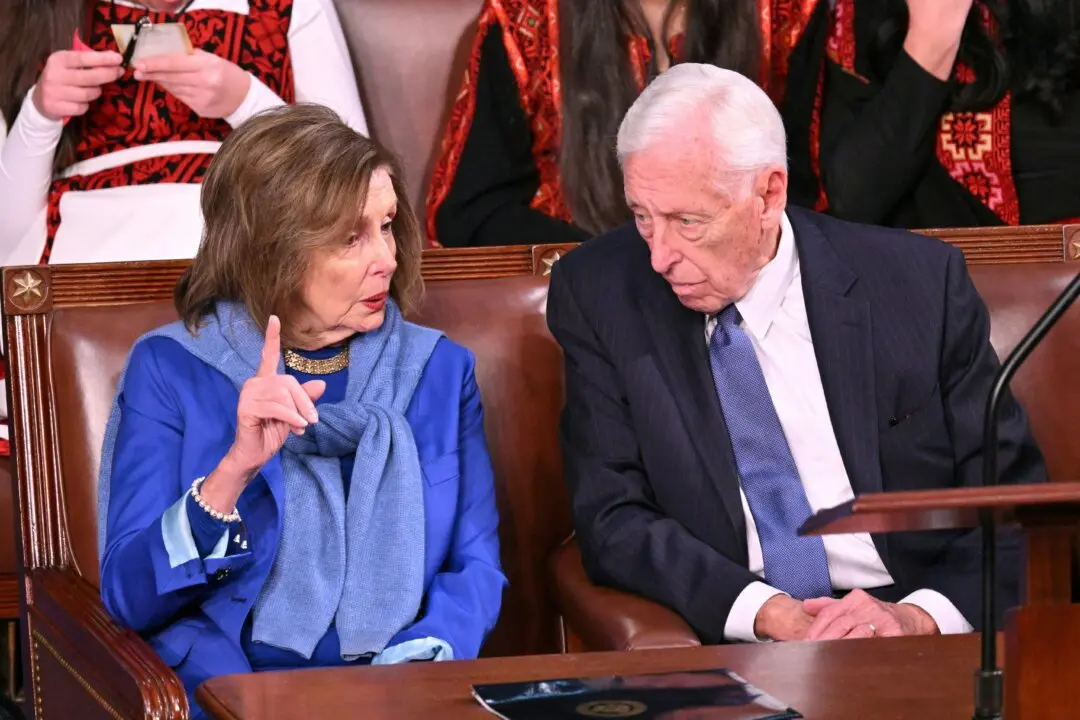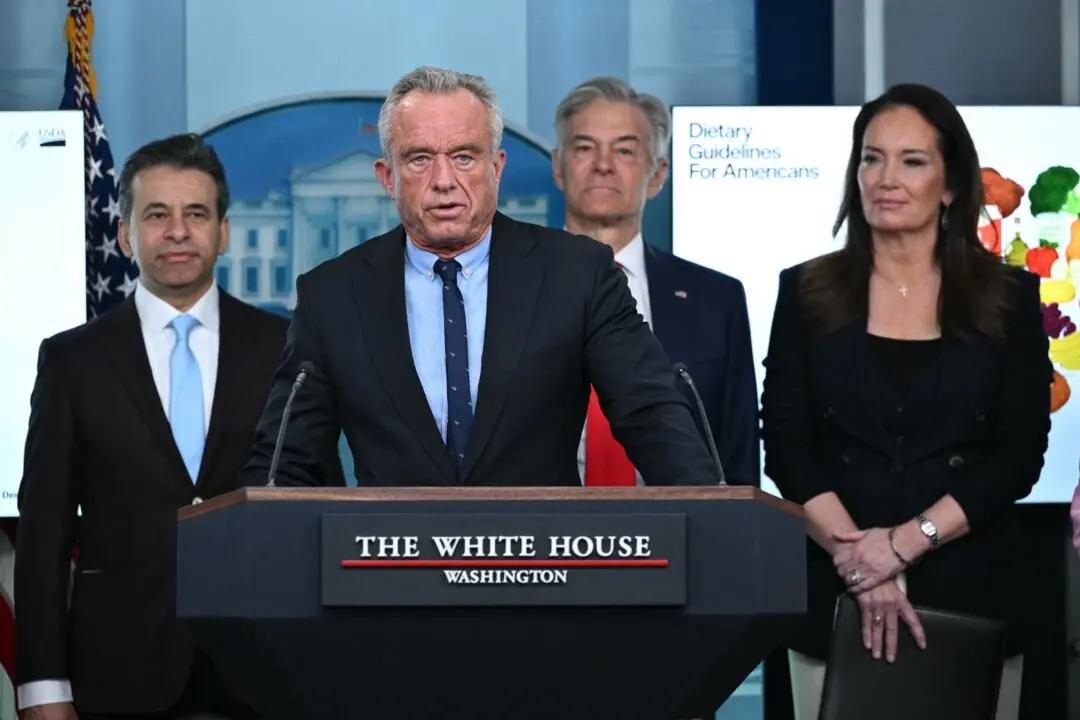People who entered the U.S. Capitol on Jan. 6, 2021, can be convicted of disorderly conduct even if they were “neither violent nor destructive,” a federal appeals court ruled on Friday, Jan. 5.
Russell Alford of Alabama was convicted in 2022 by a jury of four counts, including two of disorderly conduct.





